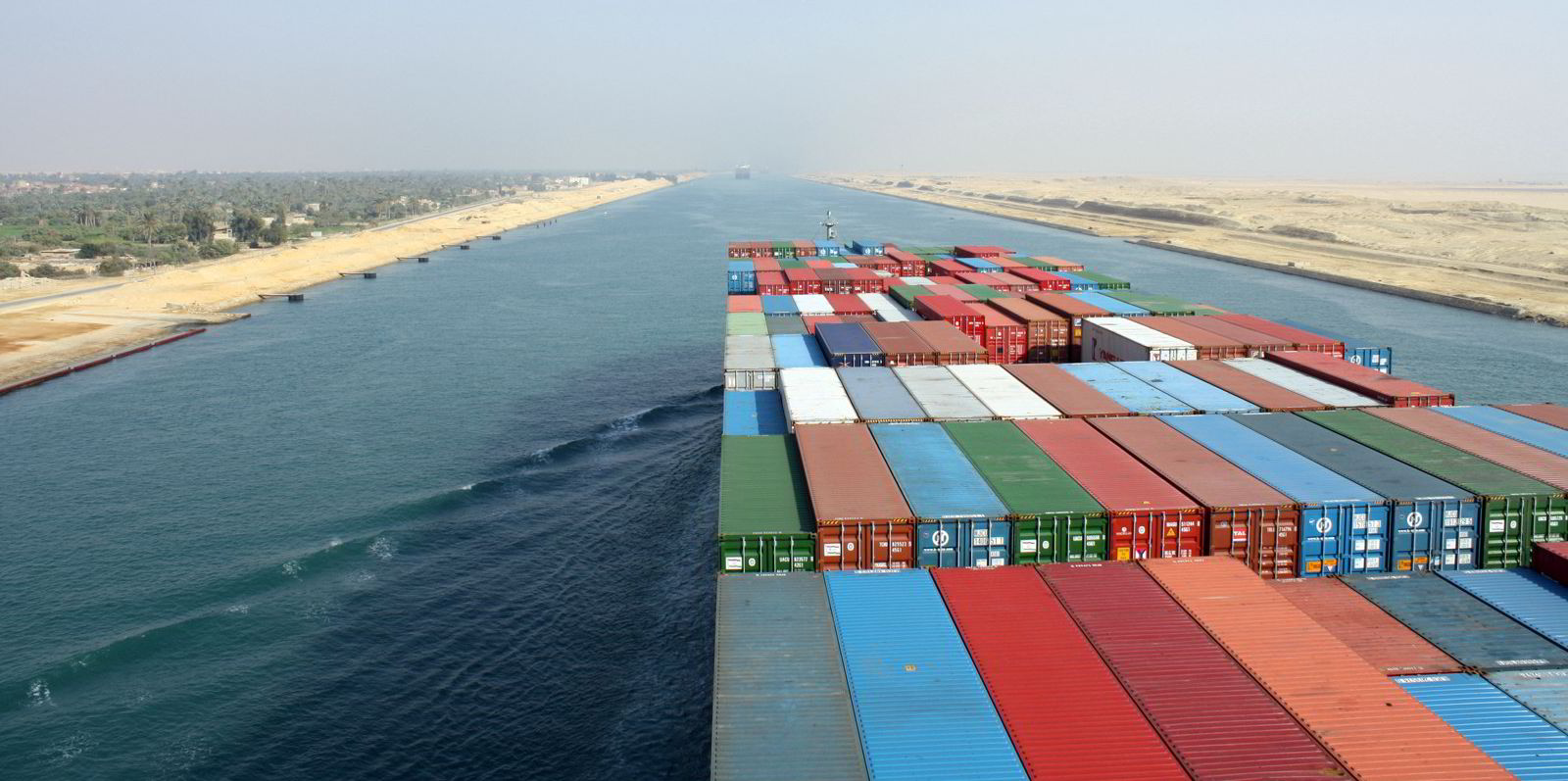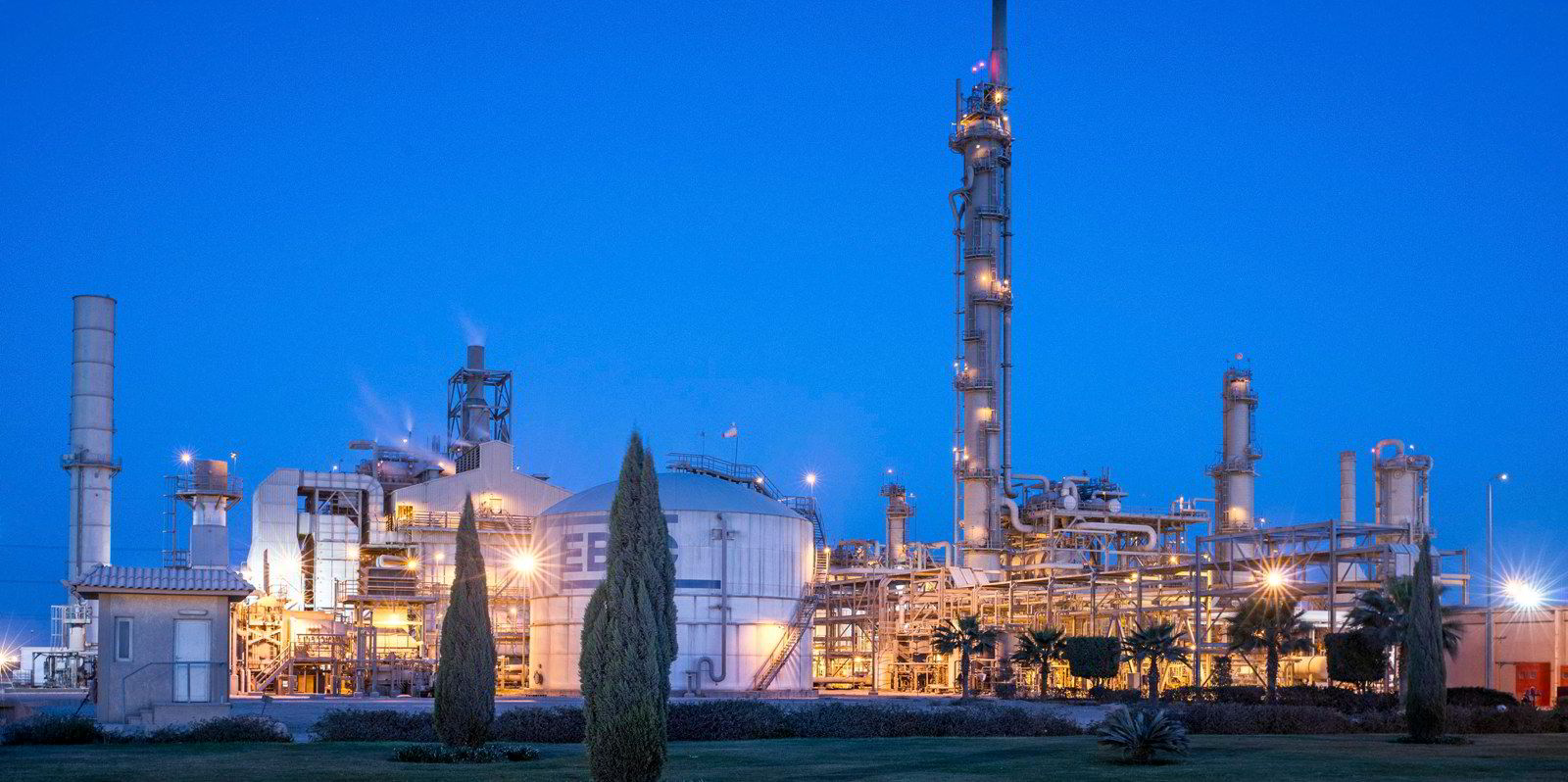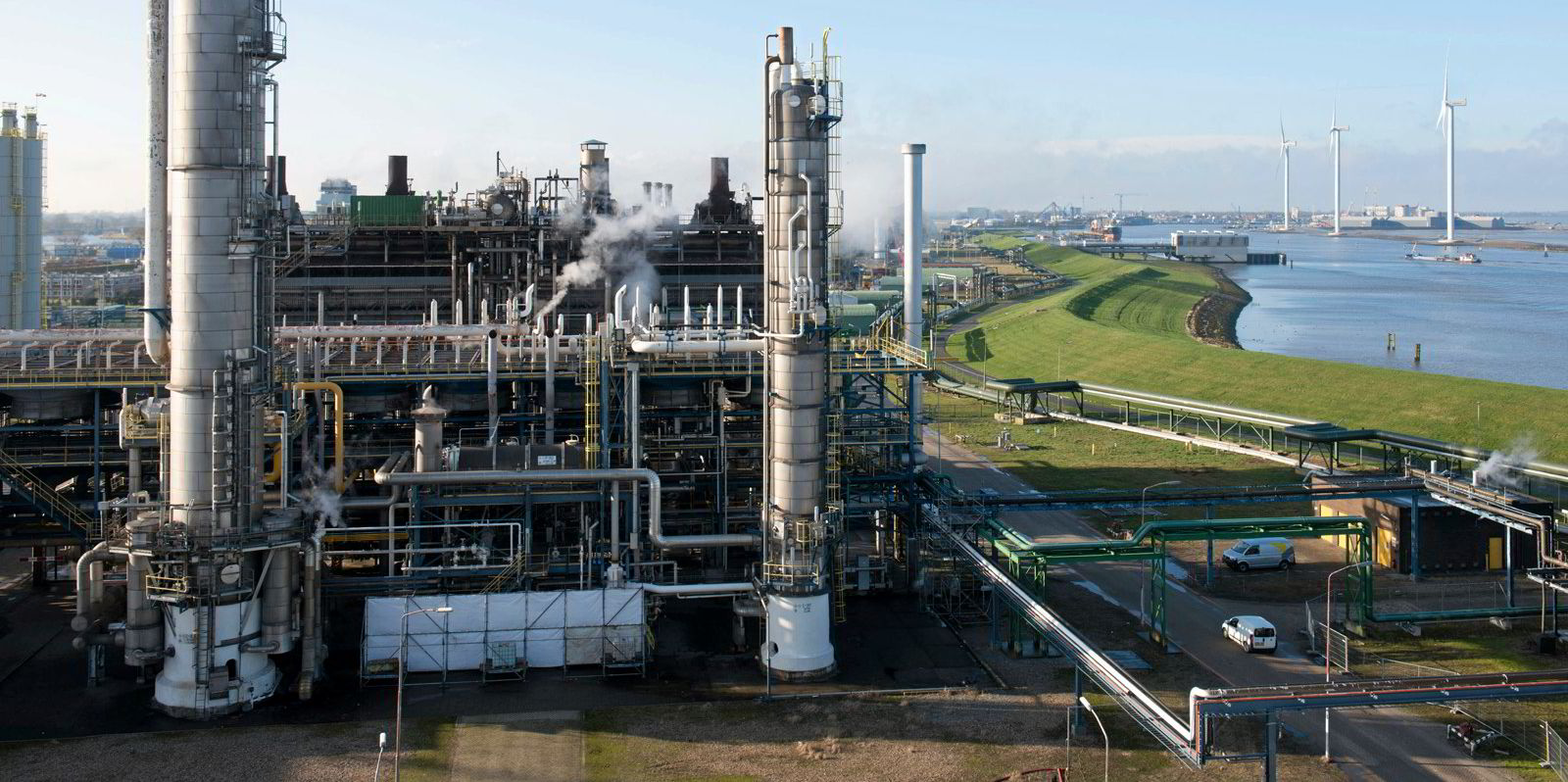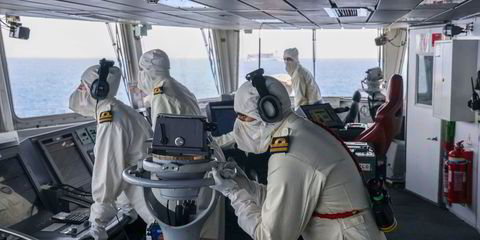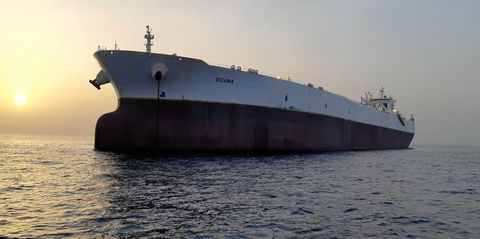Fertiglobe has partnered with Norwegian renewable-power producer Scatec and the Sovereign Fund of Egypt to develop a green-ammonia production plant on Egypt's Red Sea coast.
The project could supply bunkers for shipping.
Fertiglobe, a joint venture of OCI and Abu Dhabi National Oil Company (Adnoc), and its new partners plan to develop a 50 to 100-megawatt electrolysis plant in Egypt to produce green hydrogen as feedstock for green-ammonia production.
OCI said the planned plant, which will be located near Fertiglobe's subsidiary EBIC in Ain Sokhna, will be able to produce up to 90,000 tonnes green ammonia per annum.
The company said the new facility's location on the Red Sea, close to the Suez Canal, is "ideal" for future bunkering potential.
OCI said EBIC, which has ammonia production capacity of 748,000 tonnes per year, has direct pipeline connections to Sokhna port on the Red Sea
The company said it also allows for exports either east to "deficit Asian markets" or west to European regions which are key importing areas for ammonia.
Hydrogen hub
OCI said the plant will be first step towards developing a green-hydrogen hub in Ain Sokhna.
Under the agreement, Scatec will build, operate and majority own the facility, and EBIC will use the green hydrogen as a supplementary feedstock for the green-ammonia production under a long-term offtake agreement.
OCI said a final investment decision is expected to be made on the plant in 2022 with start-up scheduled for 2024.
Fertiglobe and OCI chief executive Ahmed El-Hoshy said: "This project adds to our existing and rapidly developing low-carbon portfolio of ammonia across our global platform."
- Grey or brown ammonia: Produced from fossil fuels.
- Blue ammonia: Produced using natural gas but with CO2 capture and storage.
- Green ammonia: Produced from hydrogen made through water electrolysis using renewable energy.
Green ammonia is produced from renewable energy, such as solar and wind.
The companies said they will seek support from the Egyptian government for the required regulatory approvals and sourcing of competitive renewable power from the grid, with the intention to build out new solar and wind capacity to power Egypt’s green-hydrogen ambitions.
"Ammonia is an ideal carrier fuel to store and transport hydrogen; it is also emerging as a promising zero-emission fuel for the hard-to-decarbonise shipping sector and is expected to become an important alternative fuel in the power sector in Japan and other countries," OCI said.
Fertiglobe said that incremental demand for low-carbon ammonia from new applications is estimated to be about 8m tonnes by 2025, growing to more than 25m tonnes by 2030 compared with a current global merchant ammonia market of about 20m tonnes.
Dutch ammonia and methanol producer OCI already unveiled its interest in supplying the shipping market with bunkers.
In March, the company signed up with Eastern Pacific Shipping, the Hartmann Group and MAN Energy Solutions, and outlined how it is targeting sales of its products to the shipping sector.
Fertiglobe recently teamed with Adnoc to sell blue ammonia from the United Arab Emirates to customers in Japan and announced a 70,000 tonnes scale-up of blue-ammonia production capacity through a debottlenecking program in Abu Dhabi.
In addition, it was announced in June that Fertiglobe is joining a new 1m tonnes per annum blue ammonia project at TA’ZIZ in Ruwais.
